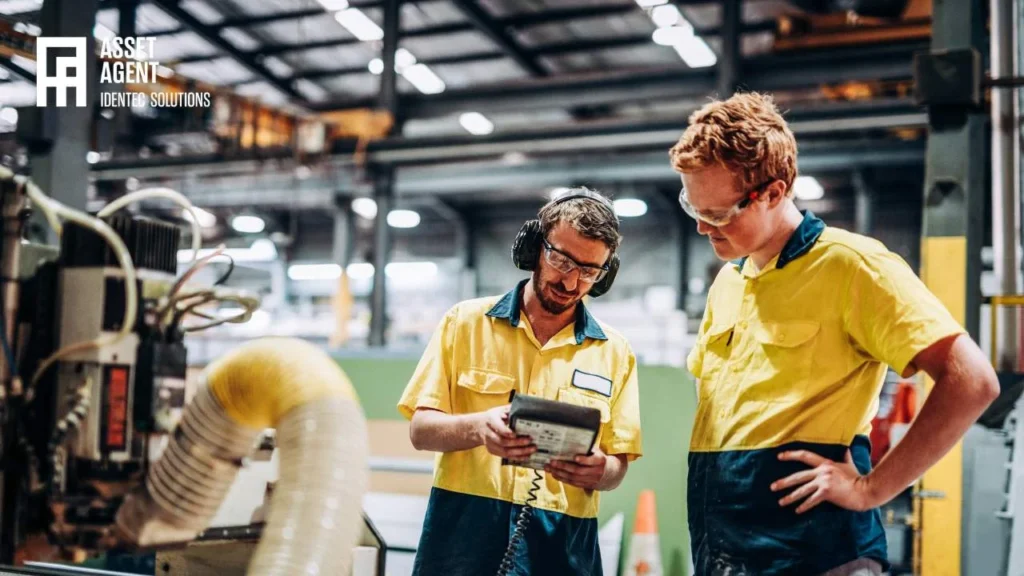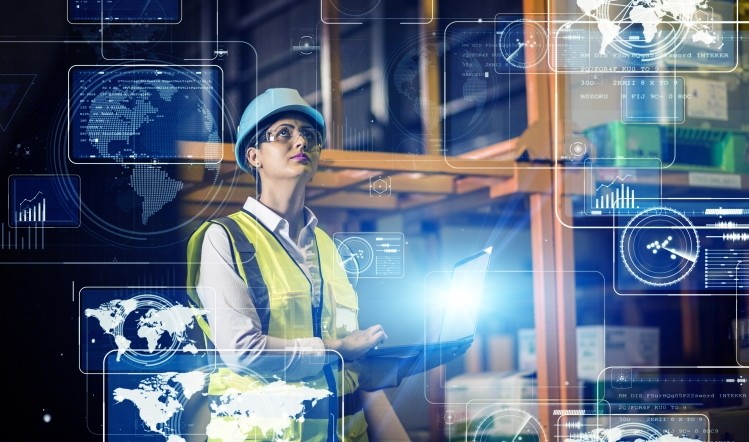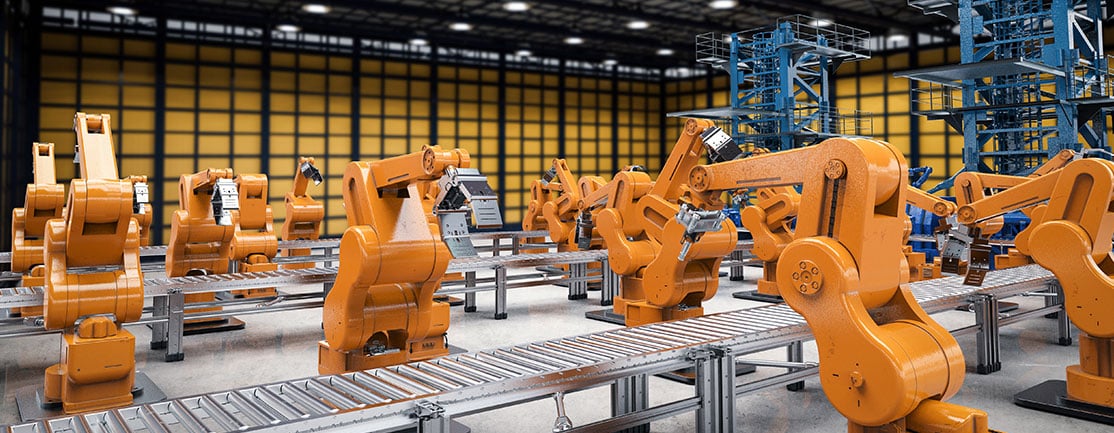The “future factory” is changing how we think about making things. These factories use smart technology to work faster, safer, and with less waste. Imagine a factory where machines, robots, and computers work together like a team to create high-quality products. That’s what the future factory is all about!
In a future factory, everything is connected. Sensors, computers, and people all talk to each other to keep things running smoothly. This means fewer mistakes, more efficiency, and better products for customers. Let’s dive into what makes a future factory different and why it’s so exciting!
What Is a Future Factory and How Does It Work?

A future factory is a place where technology makes the production of goods smarter and more efficient. In the future, factories will use robots, machines, and advanced computers to work together. This means the factory can make things faster, with fewer mistakes, and at a lower cost. Imagine a factory where everything is automated, and the machines can even fix themselves!
The key to a future factory is that everything is connected. For example, a machine might send information to another machine to tell it when to start working. This makes the factory run smoothly and keeps everything on track. Workers will still play an important role, but they’ll focus on higher-level tasks like managing technology and improving production.
With smart technology, a future factory can make products that are more accurate and personalized. Whether it’s clothing, cars, or phones, the future factory can create items that fit exactly what customers want.
Why Future Factories Are Smarter and Faster
Future factories are designed to be faster and smarter than ever before. One reason is the use of automation. Automation means machines can do the work that humans used to do, but much faster and without getting tired. Robots, for example, can build cars or pack products without taking breaks, helping the factory work 24/7.
Another reason future factories will be faster is the use of artificial intelligence (AI). AI allows computers to think and make decisions. In future factories, AI will help machines decide the best way to make products. If something goes wrong, the AI can even fix it without human help.
How Technology Transforms the Future Factory

Technology is changing the way factories work. In the future, factories will use advanced tools like 3D printing and the Internet of Things (IoT) to make things better. 3D printing allows factories to create parts and products in a completely new way. It can make objects by adding layers of material, which saves time and can create designs that traditional machines can’t.
The IoT connects all the machines and equipment in the factory, allowing them to share information. This creates a smarter system where the machines can work together. For example, one machine might tell another machine when it’s ready to start working, making sure everything happens at the right time.
The Role of Robots and AI in Future Factories
In future factories, robots and AI will play a huge role. Robots will be used to do tasks that are repetitive or dangerous for humans, like assembling parts or lifting heavy objects. These robots will work alongside human workers, helping them by doing the tough tasks so that humans can focus on problem-solving and creative work.
AI will also help robots and machines make better decisions. For example, if a machine is running low on materials, AI can alert the workers or even order new supplies automatically. This kind of intelligence will help factories stay organized and avoid delays.
Why Sustainability Matters in Future Factories

Sustainability is important in the future factory because it helps protect the environment. Future factories will use energy-efficient machines and renewable energy sources, like solar or wind power. This will reduce the amount of waste and pollution created during production.
Factories will also work to minimize waste. For example, they will recycle materials more effectively and find ways to reuse them in the production process. This helps reduce the need for new raw materials and lowers the environmental impact of manufacturing.
Conclusion:
In the future, factories will be very different from what we know today. With the help of robots, AI, and smart technology, production will be faster, safer, and better for the environment. The future factory will allow businesses to make high-quality products while reducing waste and energy use. These changes will not only help companies grow, but they will also create new opportunities for workers to learn new skills and work in safer environments.
The future factory is an exciting idea that will change the way we live and work. As technology continues to improve, these factories will become more common, helping businesses meet the growing demands of customers. By using smarter and greener methods, the future factory will help build a better world for everyone. We can look forward to a time when factories work together with people and machines to make life easier and more sustainable.
FAQs:
Q: What is a future factory?
A: A future factory uses smart technology like robots and AI to make products faster and more efficiently, while also being better for the environment.
Q: How do robots help in future factories?
A: Robots do tasks that are repetitive or dangerous, allowing human workers to focus on more creative and safe work.
Q: What are the benefits of future factories for businesses?
A: Future factories help businesses make products quickly, reduce waste, save energy, and meet customer needs in a more efficient way.
Q: Will people still work in future factories?
A: Yes, people will work in future factories, but their roles will focus more on managing technology and solving problems instead of doing the hard, repetitive tasks.
Q: How does AI improve future factories?
A: AI helps machines make smarter decisions, fix problems, and keep the factory running smoothly without much human help.




